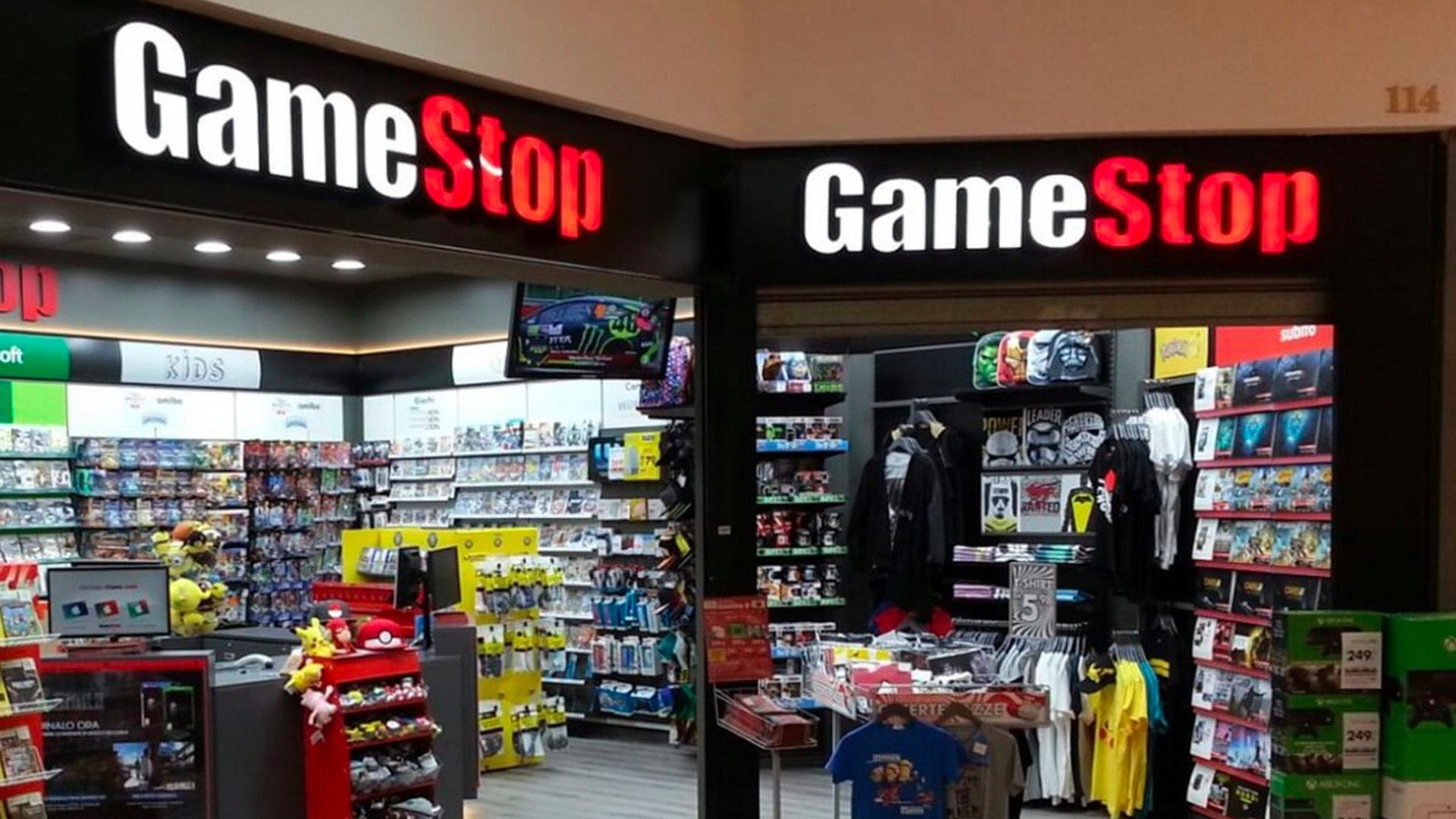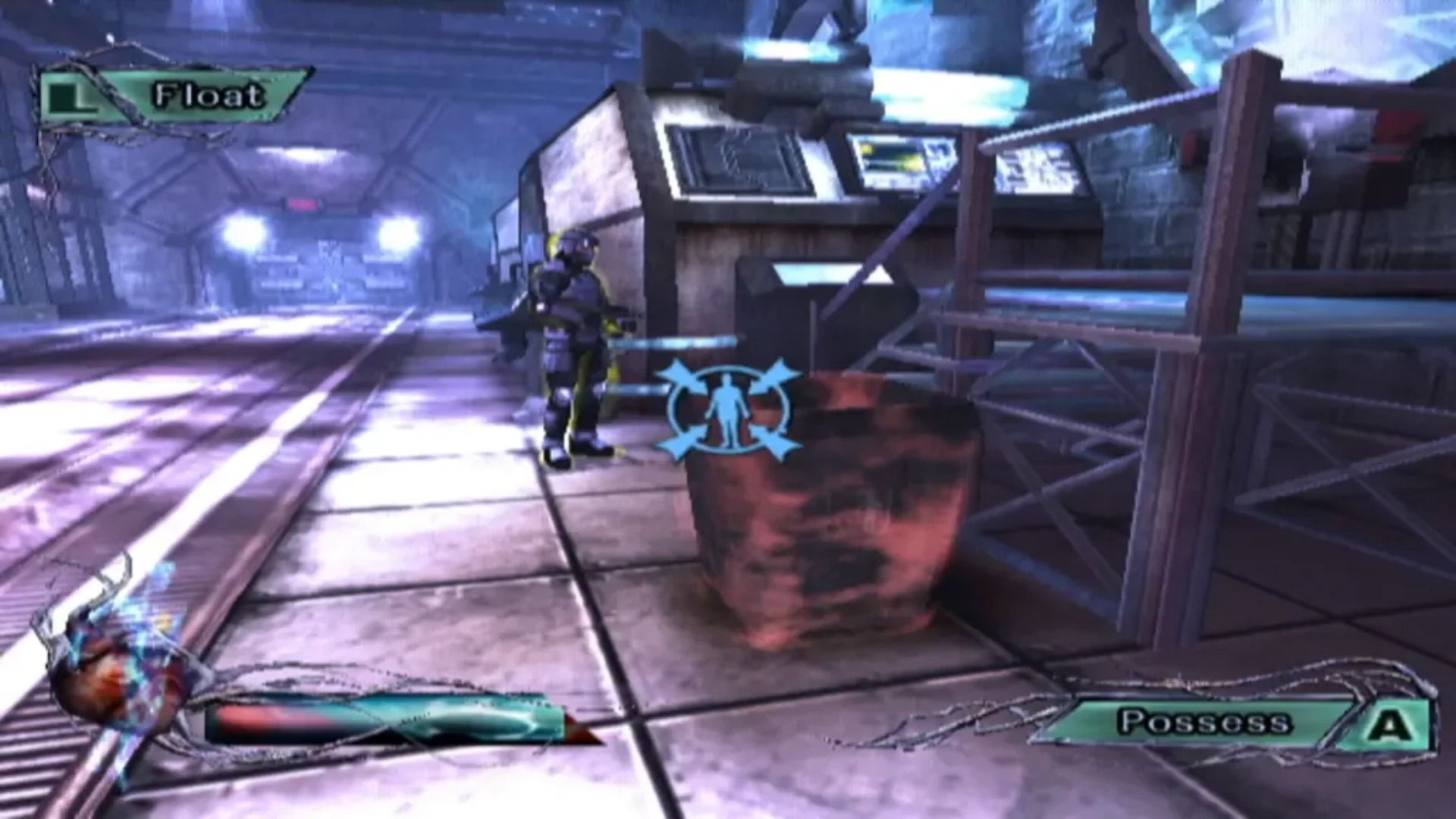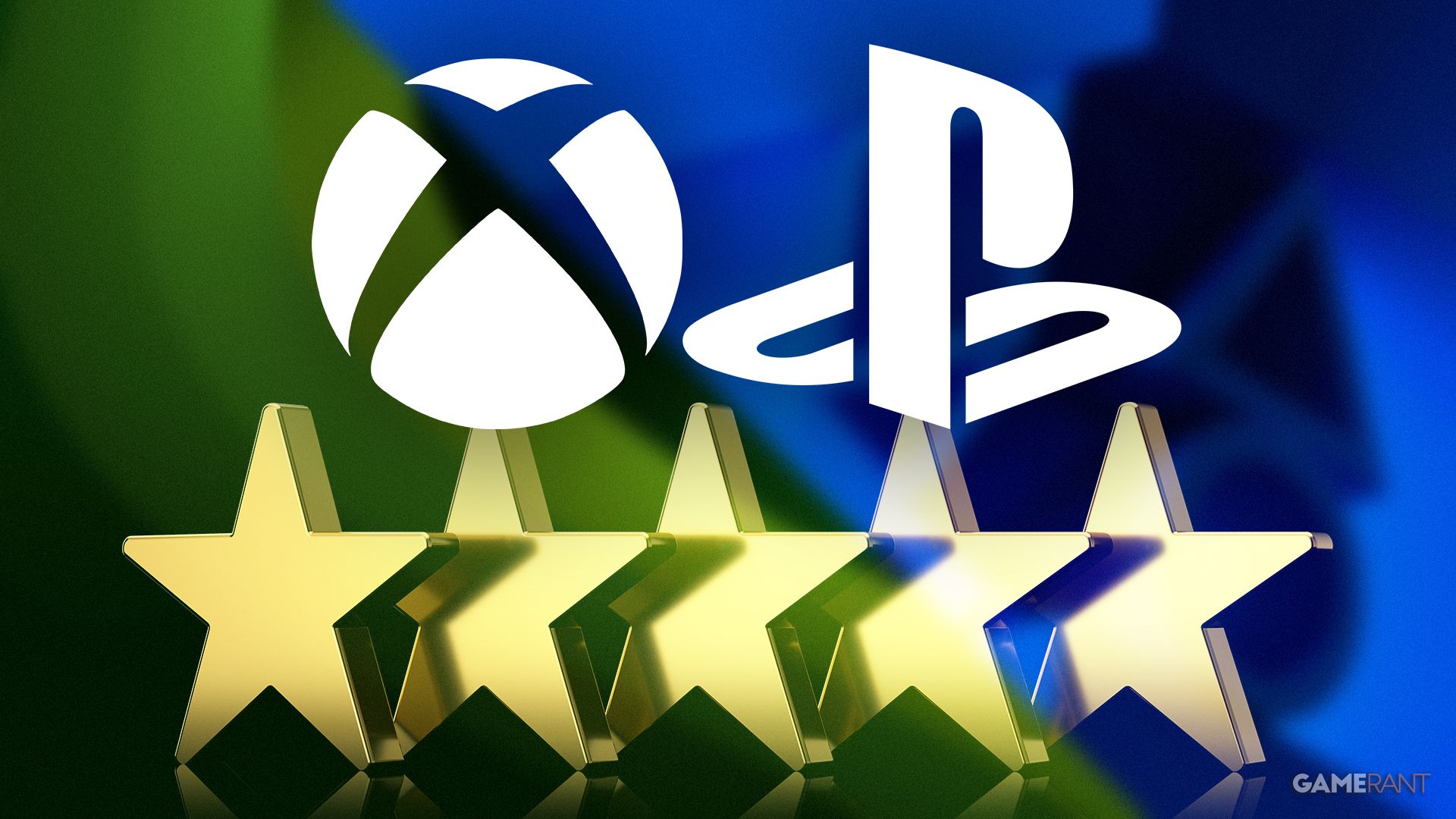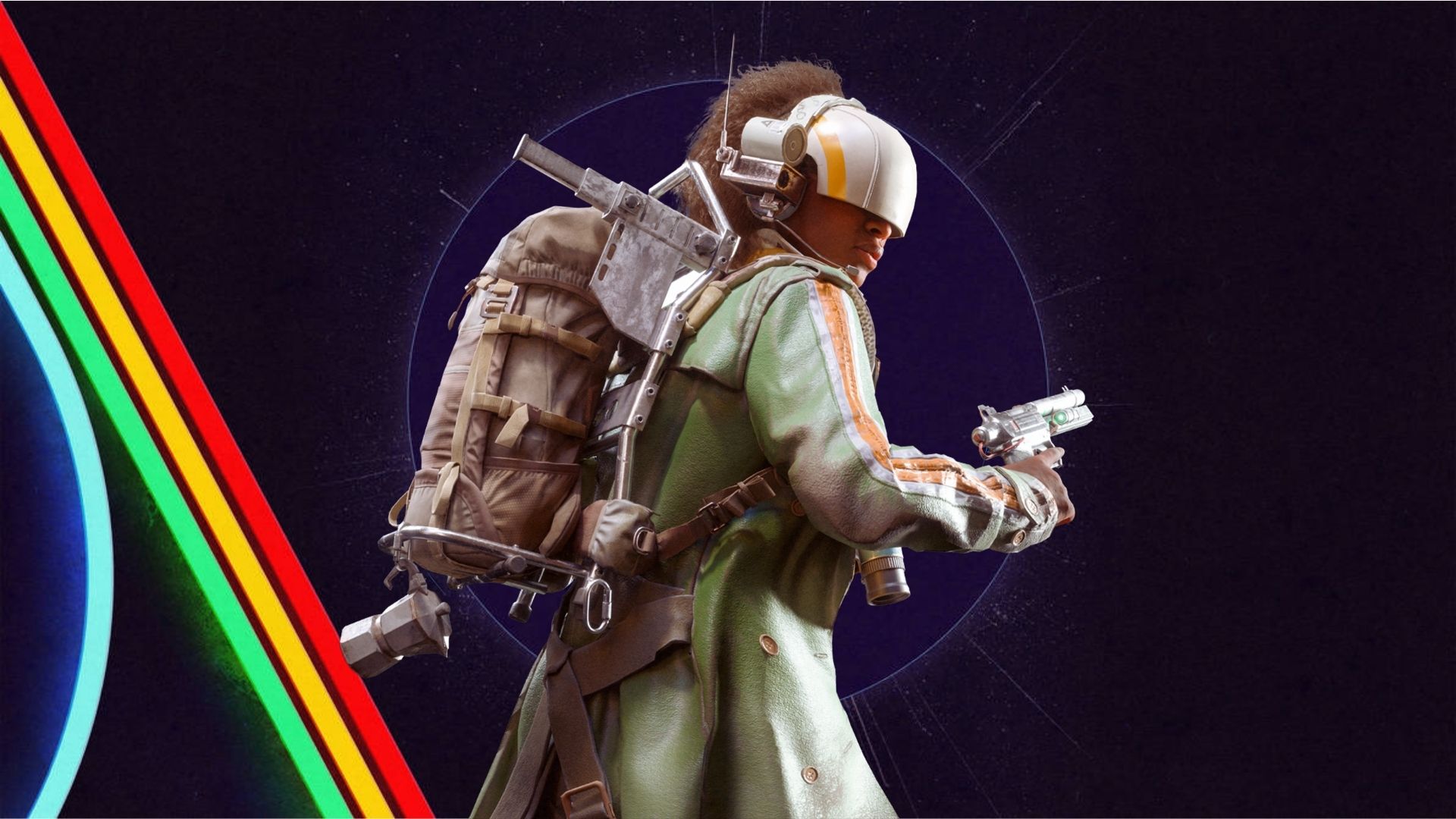How to Prepare Your Island For Animal Crossing New Horizons 3.0
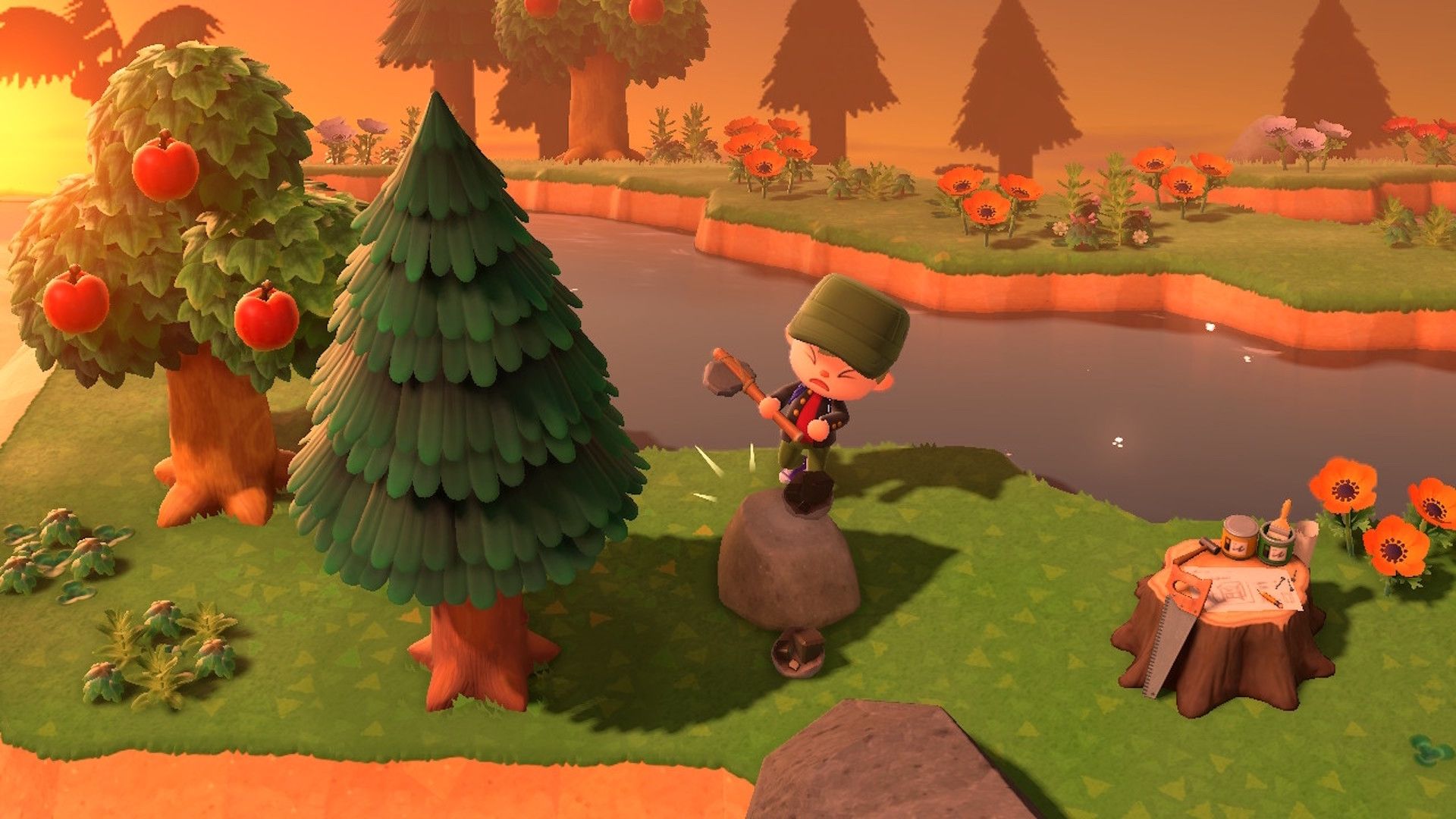
The big 3.0 update is launching soon, and players can get a head start by preparing their islands now. This way, they’ll be ready to enjoy all the new content immediately after downloading, instead of spending the first few days completing tasks just to unlock it.
